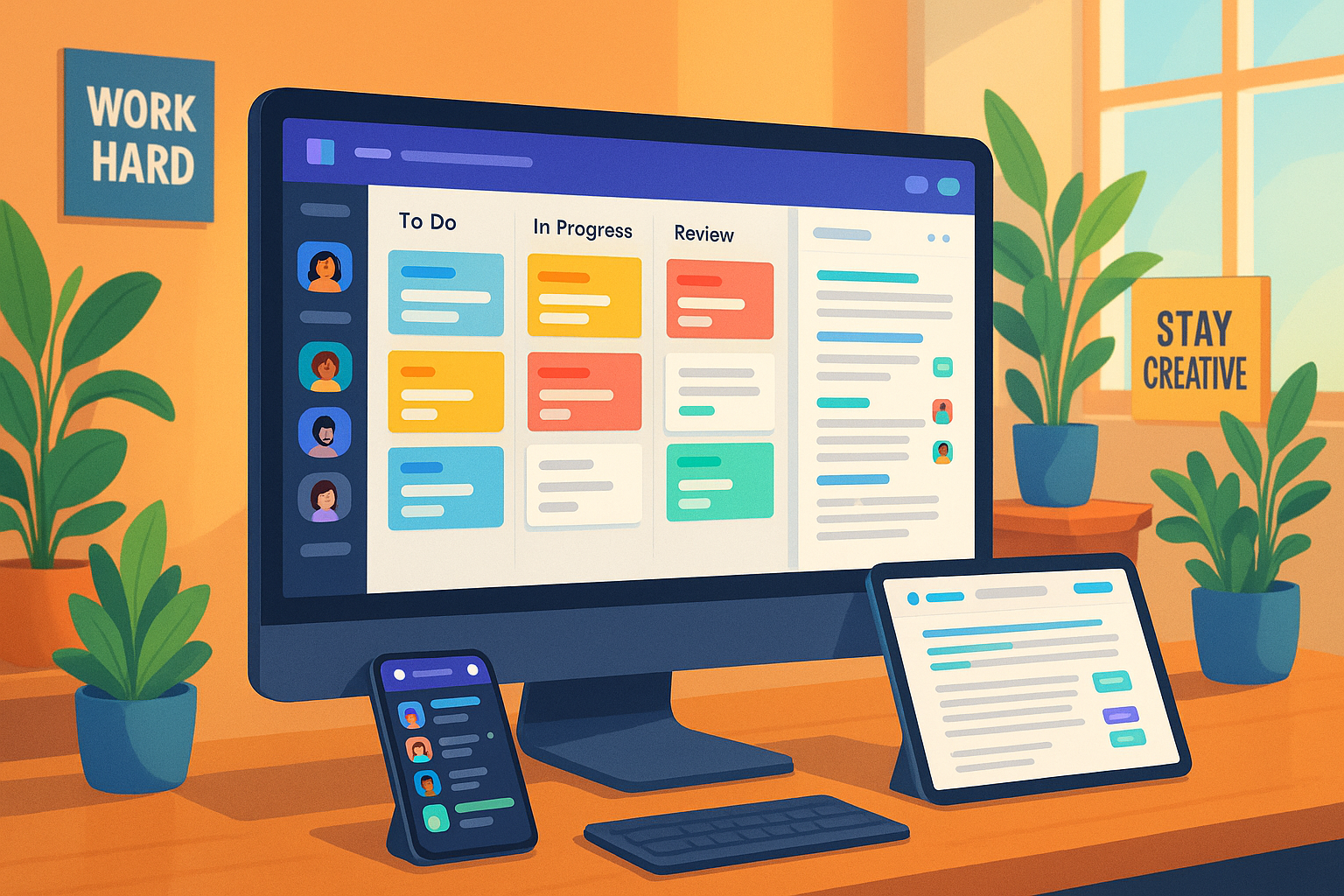In layman’s terms, it transfers data from one system to another. That sounds simple enough on the surface of things.
However, the 21st century has experienced an explosion of data. Fifty-nine zettabytes of data will be created this year alone.
Data has not only increased in volume but complexity. The number of data types, sources, and use cases have soared, making data migration an intricate and tedious process. It takes a great deal of time and human resources to complete it manually.
Data migrations are also prone to error. It’s estimated that 83% fail or run over budget. On average, lost data costs a business over $US 3 million. Who wouldn’t be apprehensive given those numbers?
Why Is Data Migration Needed?
Data migration remains a necessity in today’s business world despite the indifference and peril. Some common reasons for data migration are:
Mergers and acquisitions
M&A has been a growing trend for several decades. Companies can access new markets and acquire new technologies, giving them an edge over competitors.
After a merger, it is mission-critical to standardize office systems. But collecting all the data, consolidating it, and migrating it to a new system can be a significant headache.
Workplace Modernization
Outdated technology is a problem that all organizations will face eventually. According to Flexera, the average lifespan for IT is currently five years. With the advent of cloud technologies, we can expect a product’s usefulness to be cut even shorter.
Sometimes, a business finds a better product or needs to build its tech stack as they grow. Whatever the reason, the revolving door of technology means data migration is not a one-time project. It is an integral part of the modern office.
Ongoing Data Migration
Some businesses have a complex suite of tech tools that regularly “talk” to each other. Ongoing migration ensures that every system has a complete picture of company data. With information flowing in real-time, companies can make smarter, data-driven decisions.
What Are Data Migration Tools?

Data migration tools automate extracting data from the old system and transferring it to the new system.
The tool will build a pipeline of information between systems for ongoing data migration. Data is continuously flowing and updating automatically.
Why Do You Need a Data Migration Tool?
Investing in technology can boost growth, revenue, and customer satisfaction. However, implementing a new system can be a disruptive process. Training and onboarding staff is an enormous task in itself. A data migration tool can relieve the pressure of transitioning to a new system. You have one less thing to worry about as you and your staff adapt.
Some of the benefits of automating your migration are:
- Suitable for everyone: No special knowledge or coding experience is needed.
- More efficient: Manually coding a migration can take months. Automated data migration usually takes hours to a couple of days.
- Prevents human error: 29% of data migrations fail due to human error. An automated tool eliminates that risk.
- Saves money: Data migration tools can be scaled up or down based on your company’s needs. Instead of a one-size-fits-all price tag, you are charged based on the amount of data you need to move. The pay-as-you-go model is fair and affordable.
- Flexible: Unlike the on-premise solutions of the past, an automated data migration tool can be used anytime, anywhere.
- Accurate data: Ongoing migration will ensure you have always had an updated snapshot of your business data.
How Do Data Migration Tools Work?
Cloud-based tools migrate data from one cloud location to another. They are designed to handle a wide variety of data and sources. This way, users don’t have to gather all their data from various sources and convert it to a particular format. The automated tool can go straight to the head and extract the data for you. Then it converts the data into whatever form the new system requires.
Data migration tools generally work using prebuilt migration templates. The system will select a template to map your data to the target system accurately based on your requirements. Migration tools often specialize in a particular software type (CRM, ERP, etc.). This gives them a deep understanding of the source and target systems. You can be confident your data will end up in the right place.
Some data migration tools, such as Trujay, offer adjustable templates. You can build off their mapping and add customized options.
Choosing the Right Data Migration Tool
Not all data migration tools are created equal. Some criteria to consider when choosing a migration tool are:
Free Sample Migration
Choose a company that allows you to try out their migration process before investing in the product. You can see whether the tool is reliable, accurate, and easy to use. The trial will also help you calculate your data migration project’s total cost and time. Like magic, our Wizard will wave that wand and get your data where it needs to be.
Secure Data Transit
Cloud-based tools offer many benefits, but they also make your data vulnerable during transit if the proper protocols aren’t followed. Check with your vendor to see what level of security they offer. At the least, physical and technical network security should be provided.
Area of Expertise
Everyone has heard the expression, “Jack of all trades, master of none.” With so much riding on data migration, you need to find a specialist. Choose a vendor specializing in the type of data you need to move.
Customer Support
Data migration tools are designed to be user-friendly, but we all make mistakes. You’ll want to find a company known for its customer support. Better yet, choose a scalable migration tool. Trujay’s self-service migration tool allows you to upgrade to full technical assistance at any point in the migration. If you run into an obstacle, a data specialist can take over the migration for you.
Check Out User and Industry Reviews
Websites like Capterra and G2 collect thousands of user reviews then calculate an aggregate score for vendors and software. User endorsements are more credible than company claims, plus they will give you insight into how user-friendly the process is. Industry reviews like Gartner can also be helpful, though they tend to focus on the significant players versus small businesses.
Securely Migrate Data With a Data Migration Tool
Clive Humby said data is the new oil in today’s economy. For the individual enterprise, it is their lifeblood. Keeping data safe and accurate during a data migration project is of utmost importance. A data migration tool automates the time-consuming process of transferring data from one system to another. It’s also more affordable than paying a data specialist to handle the migration. Save your business time, labor, and costly mistakes by using a data migration tool.
Are you looking for a trusted partner for your data migration? Try Trujay’s customizable data migration tool. You can choose either our guided or self-service migration options. Both solutions are fast, automated, and reliable. Check out our reviews over on Capterra and G2.




